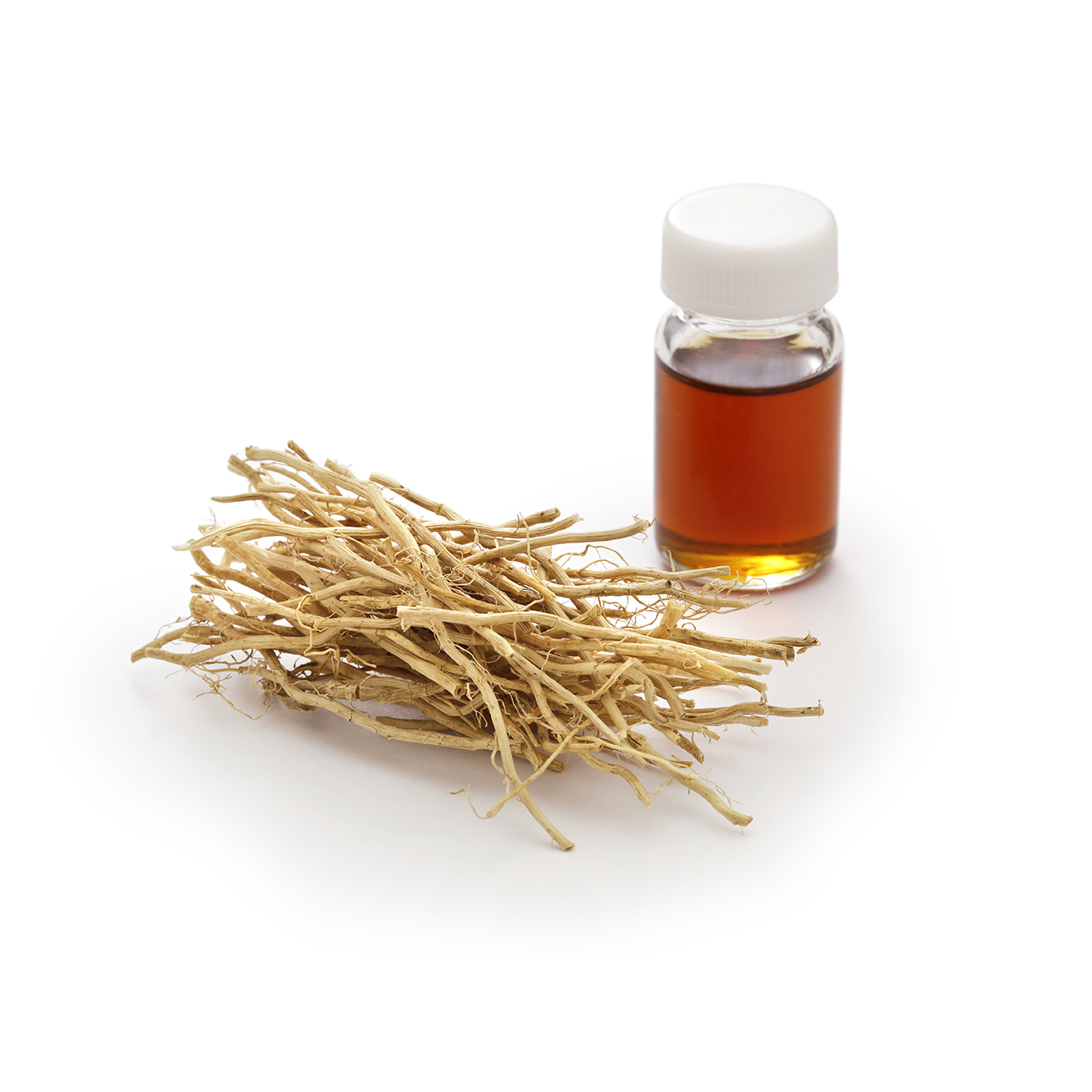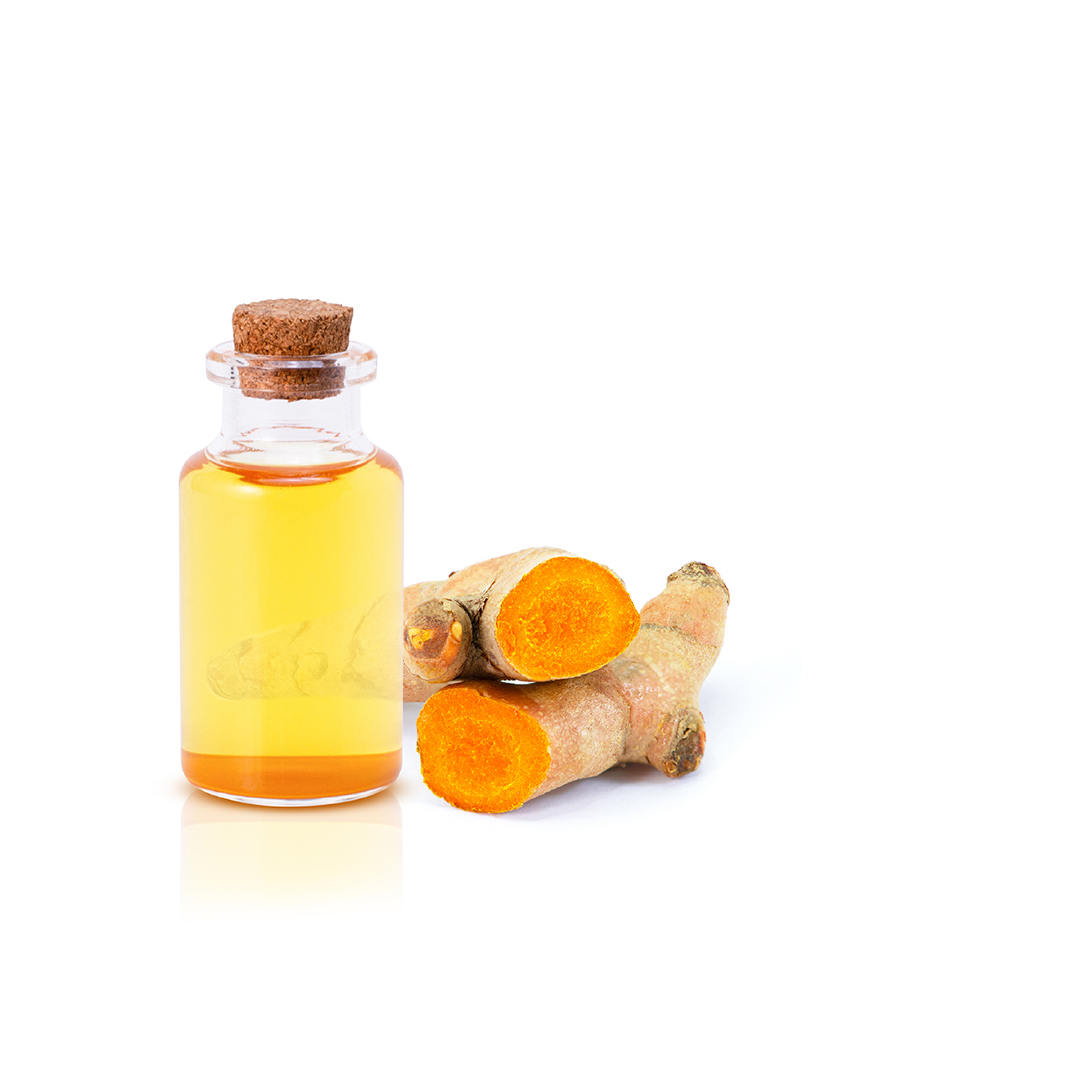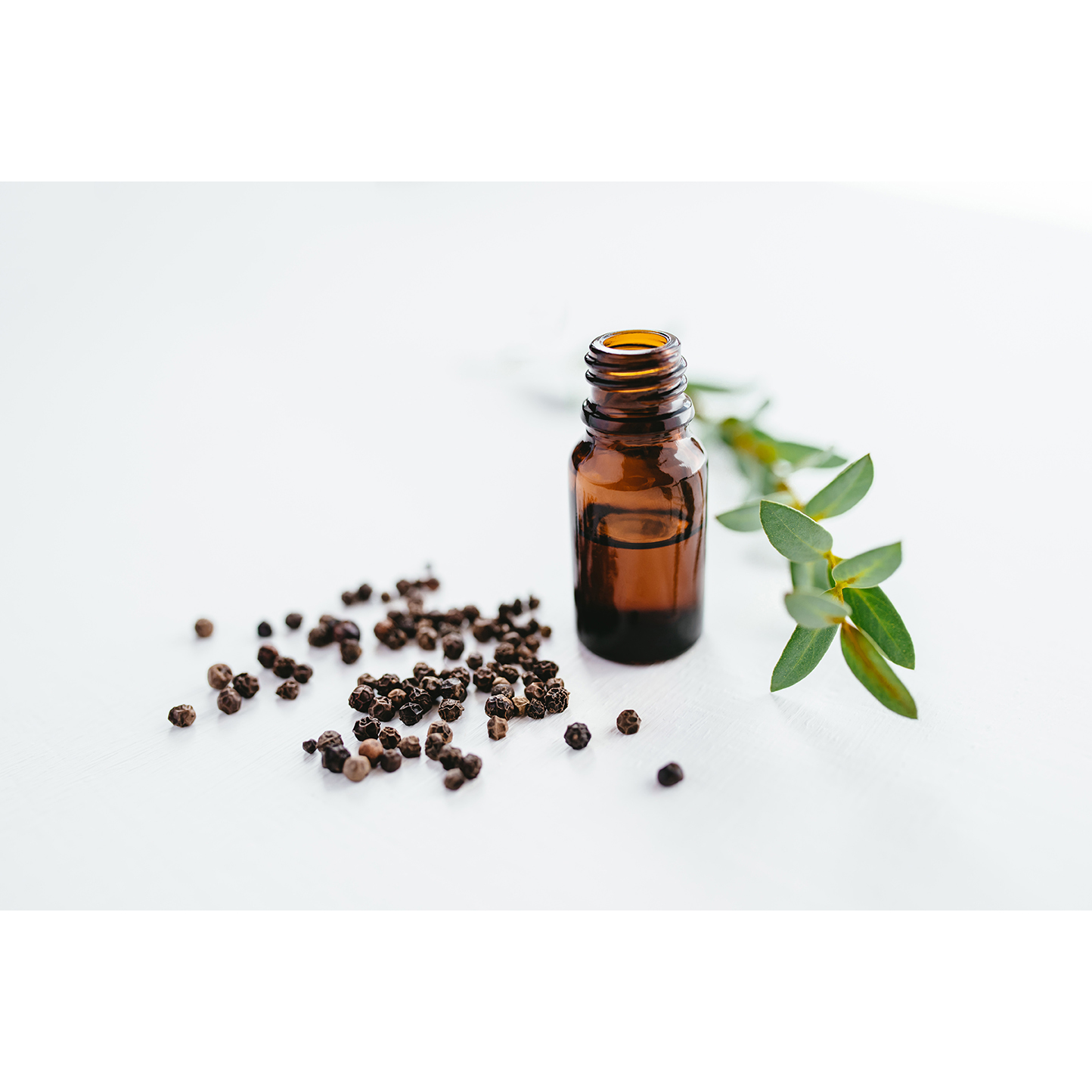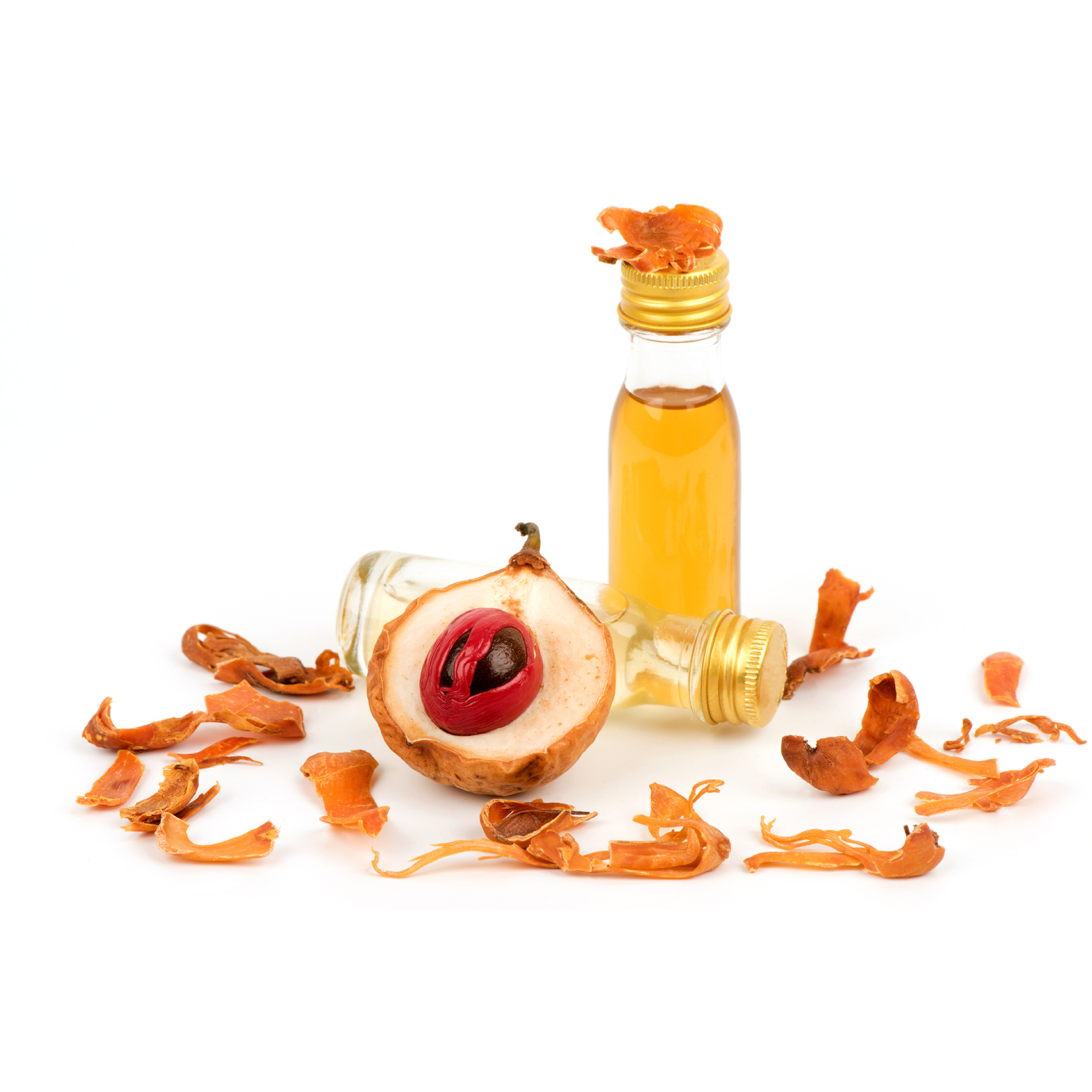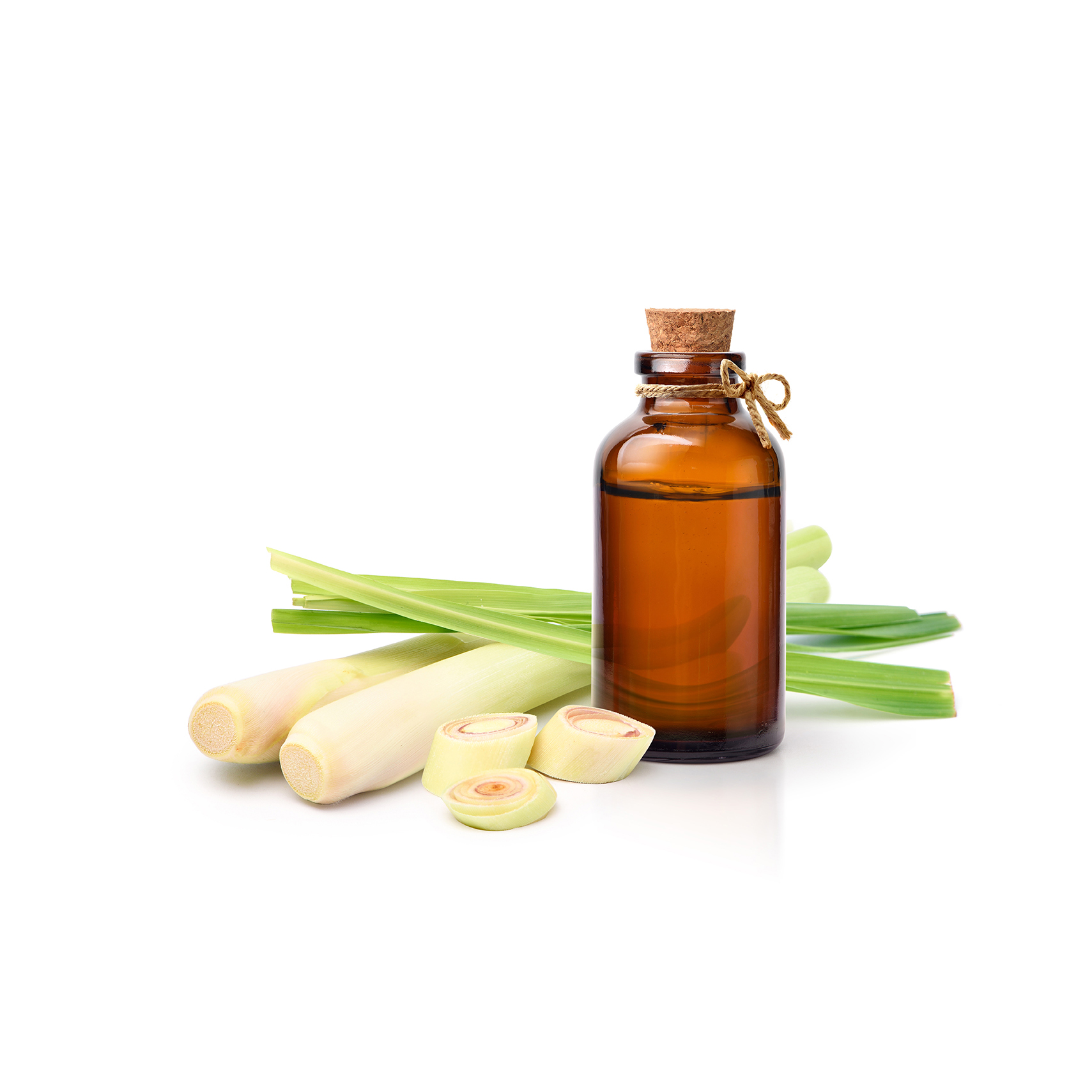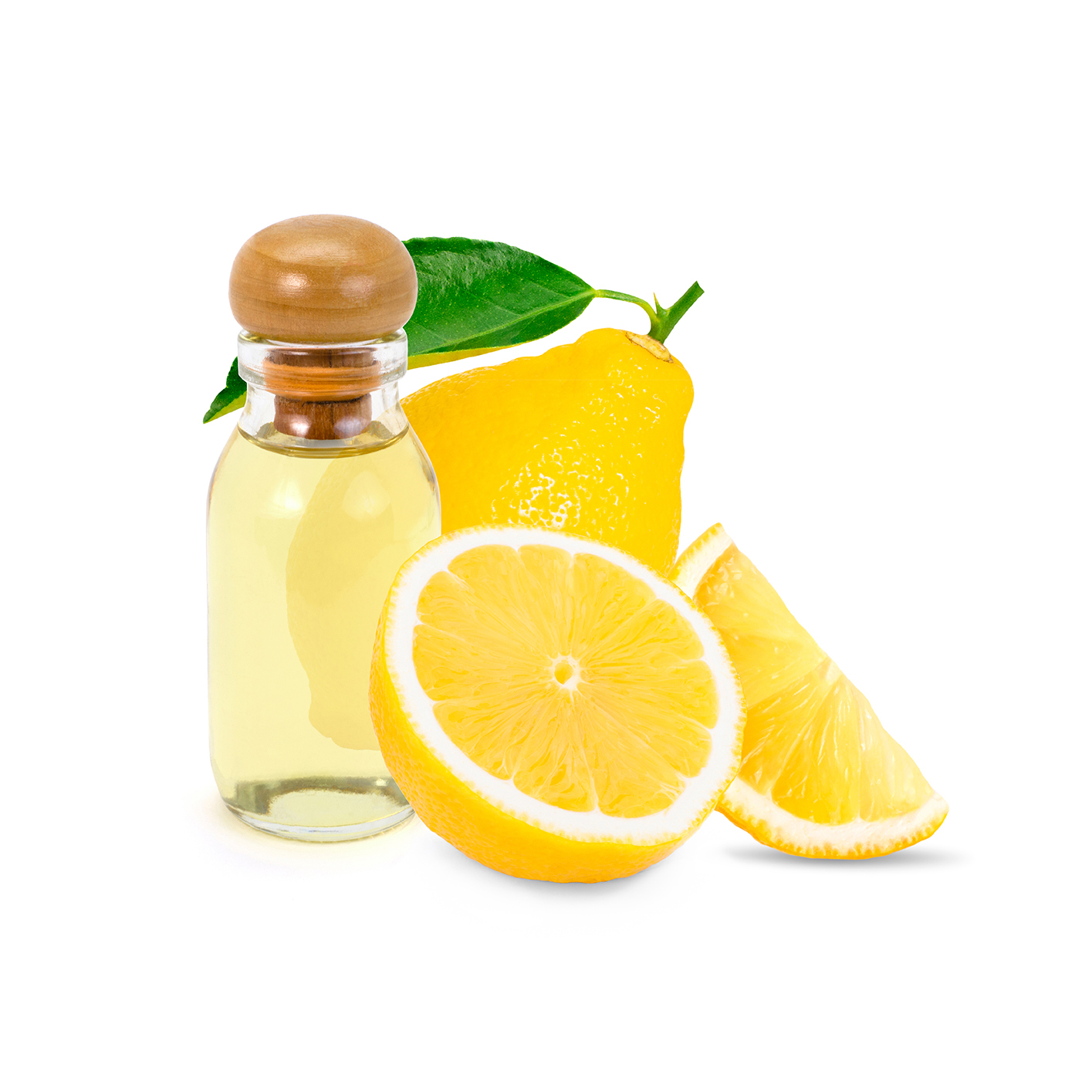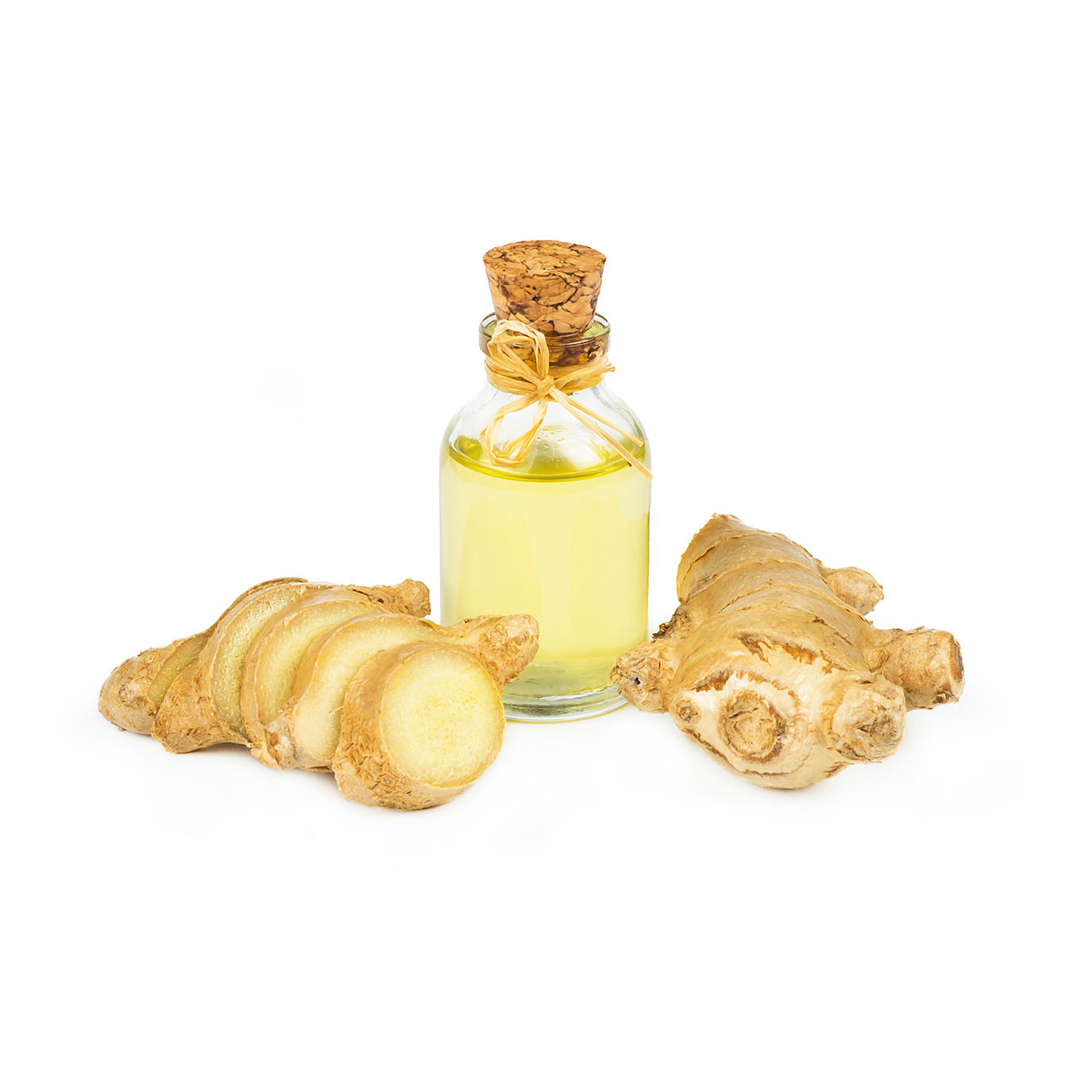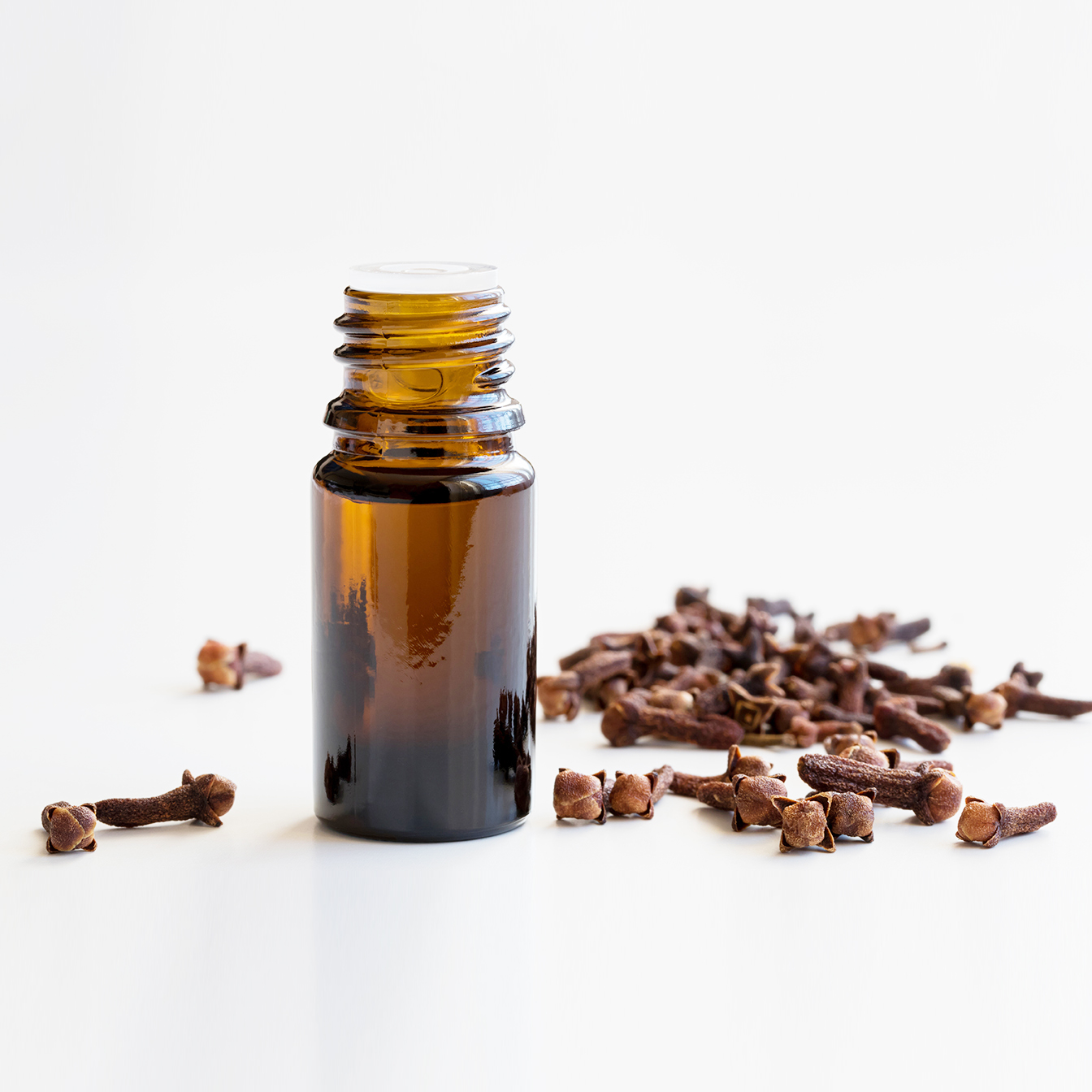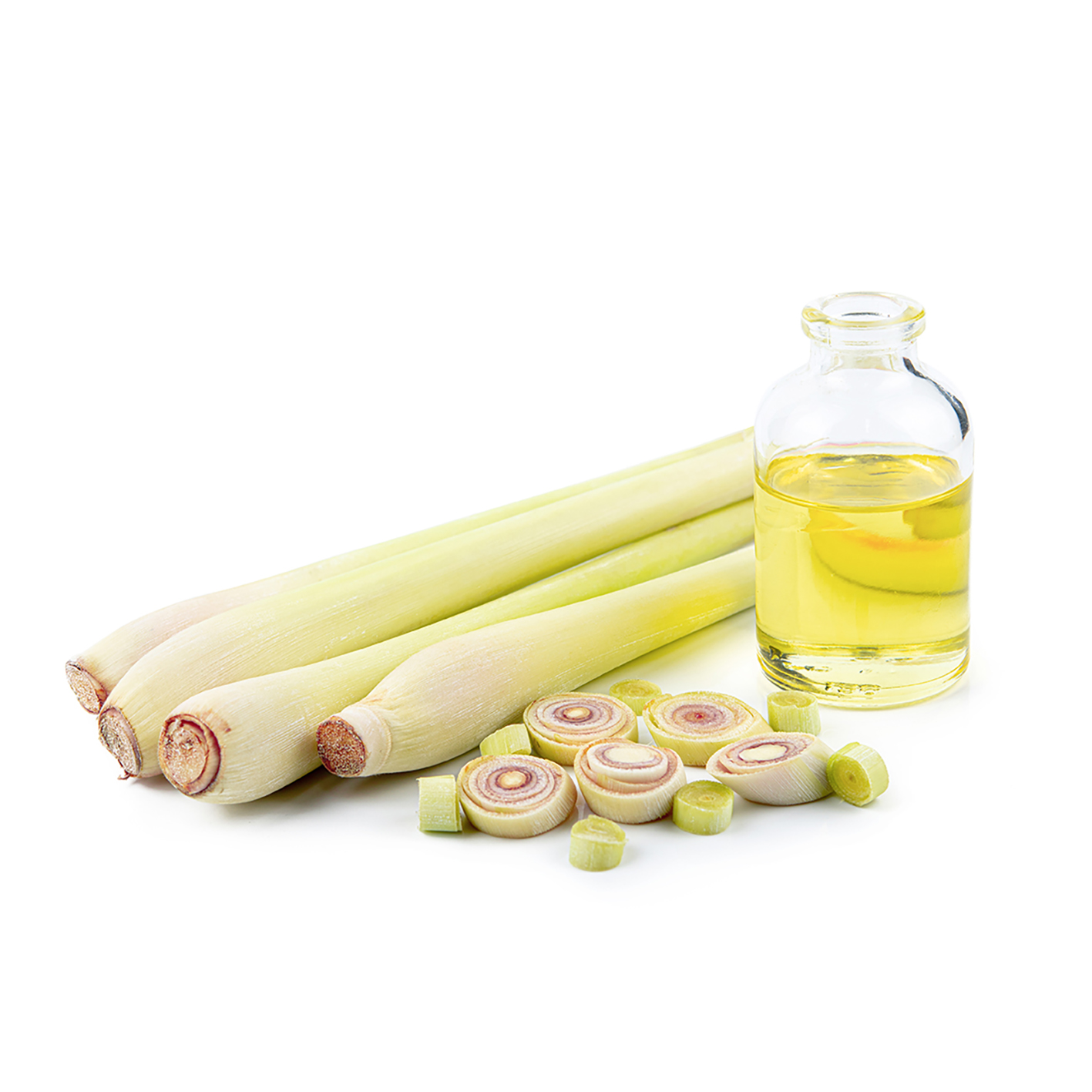- Email Us : info@celebrationholdings.lk
- Call : +94 112 412521
- Contact us
Essential Oil Range
Essential oils are aromatic, volatile liquids obtained from plant material through steam distillation and named after the plant from which they are derived. Essential oils can be defined as either products or mixtures of fragrant substances or as mixtures of fragrant and odorless substances. These fragrant substances are chemically pure compounds that are volatile under normal conditions. Essential oils vary greatly, sometimes due to genetic causes, but also because of climate,rainfall, or geographic origin.
The applications of essential oils are diverse. Widely used in cosmetics and perfumes, they also have medicinal applications due to their therapeutic properties as well as agro-alimentary uses because of their antimicrobial and antioxidant effects.
Benefits of Essential Oils
- Stress Reduction - Many essential oils are used in aromatherapy to manage stress and anxiety. For example, scientists found that orange oil had an anxiety-reducing effect on male volunteers who inhaled 2.5, 5, or 10 drops. More research is needed, but initial results were promising.
- Fungal Infections - Early tea tree oil studies have had promising results regarding antimicrobial qualities long touted in traditional medicine. The oil has been used for athlete’s foot, oral thrush, and fungal infections like candida. Again more research is needed.
- Sleep Aid - Lavender oil’s relaxing fragrance is thought to improve sleep quality. Scientists tested this claim on older adults living with dementia. They found that sprinkling the essential oil on towels around their pillows significantly increased their sleep time, helping them slumber longer in the mornings.
- Disease Prevention – Many essential oils have antioxidant properties. Antioxidants help prevent damage to cells caused by free radicals. This damage can lead to serious diseases such as cancer. Researchers are interested in how adding essential oils to food can increase our consumption of antioxidants and prolong shelf life.
- Skin Nourishment - Essential oils heal damaged skin and provide deep nourishment. Lavender oil and tea tree oil have anti-inflammatory properties that can reduce the irritation and inflammation associated with skin conditions such as acne, eczema, burn, or insect bite. It alleviates wrinkles hence improves skin appearance.
Process
Steam Distillation - The plant material (called the ‘charge’) is placed in a still and then hot steam is passed through it. The heat breaks open the essential oil storage chambers within the charge, releasing the oil into the steam (remember, essential oils are volatile). The steam/oil rise to the top of the still where they enter a condenser – basically, a long spiral pipe surrounded by cold water - which condenses the steam back into its water form. At the end of the condenser, the water and essential oil are collected in a receiver, usually called a ‘Florentine flask’. This specially designed container has two outflows in view of the fact that oil and water don’t mix, i.e. the solution separates into essential oil and hydrolat. Essential oils are usually lighter than water and so will float above it.


